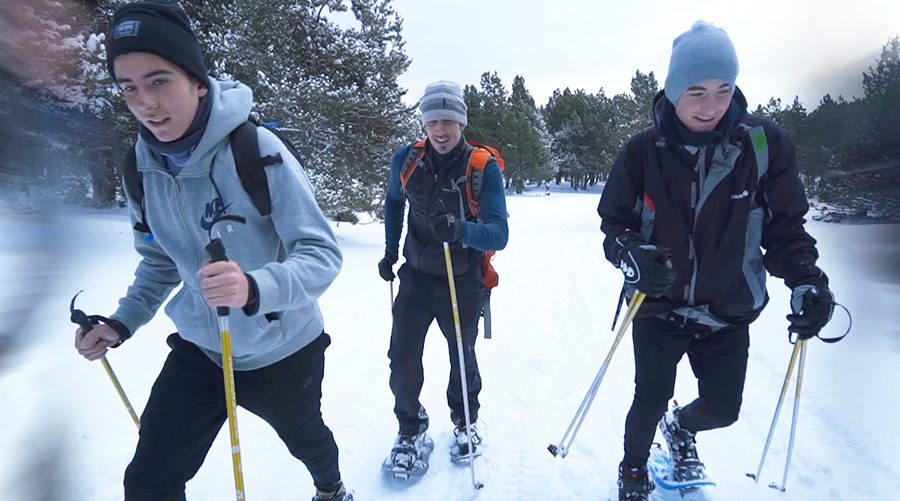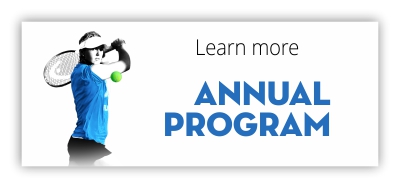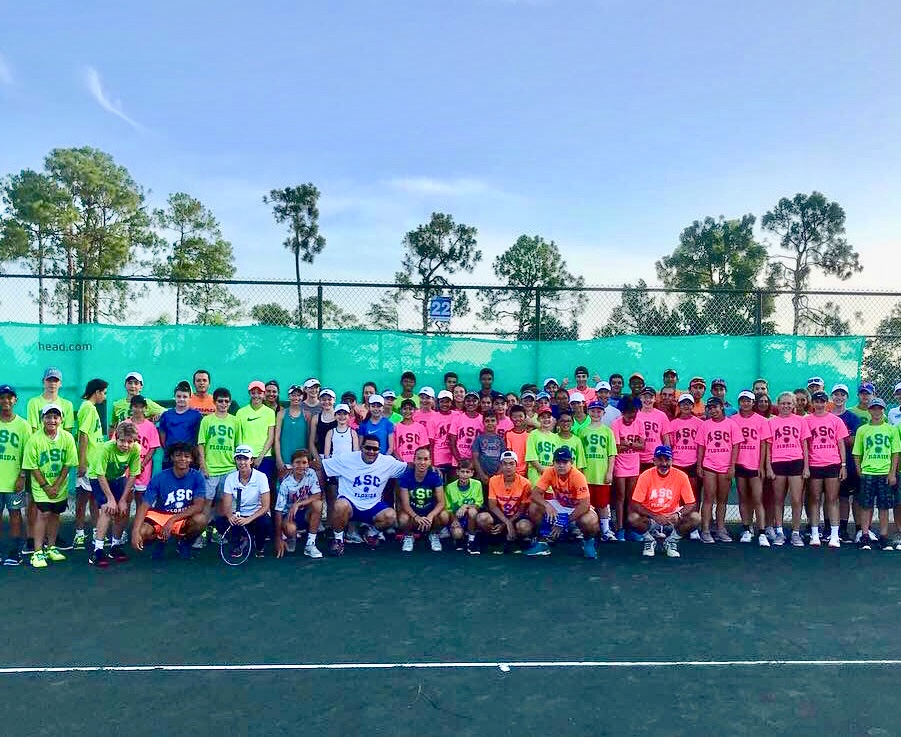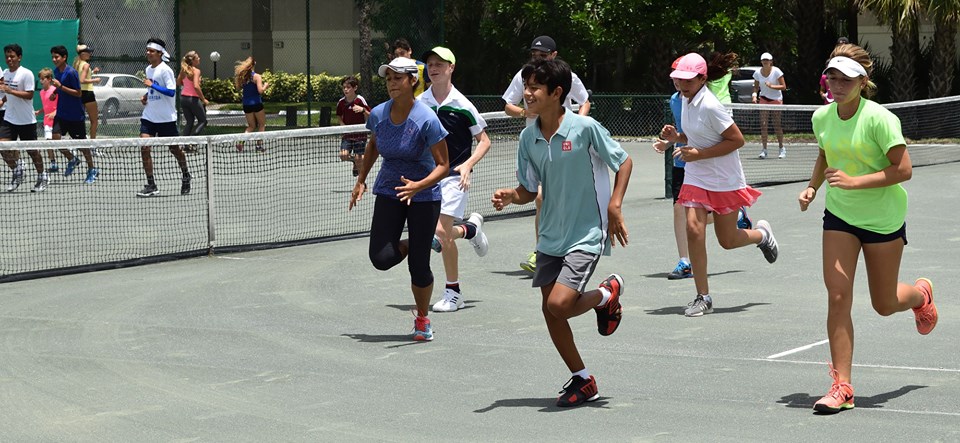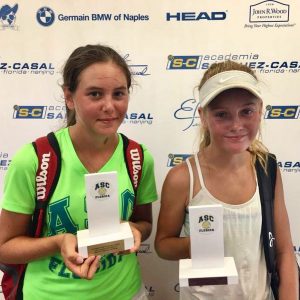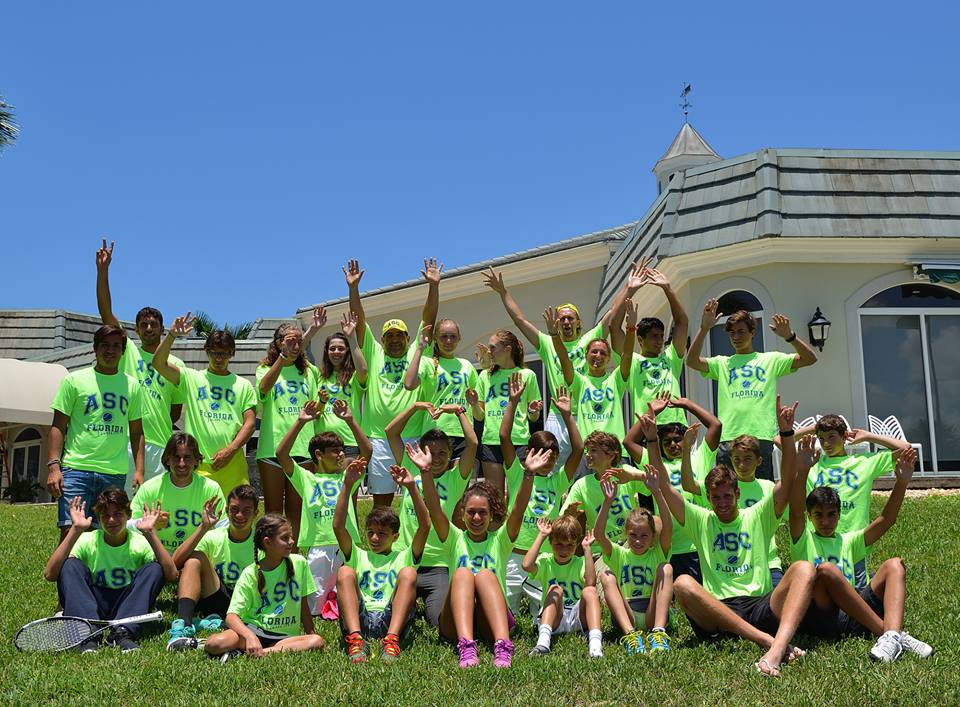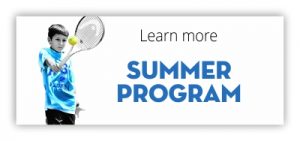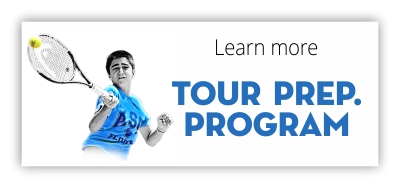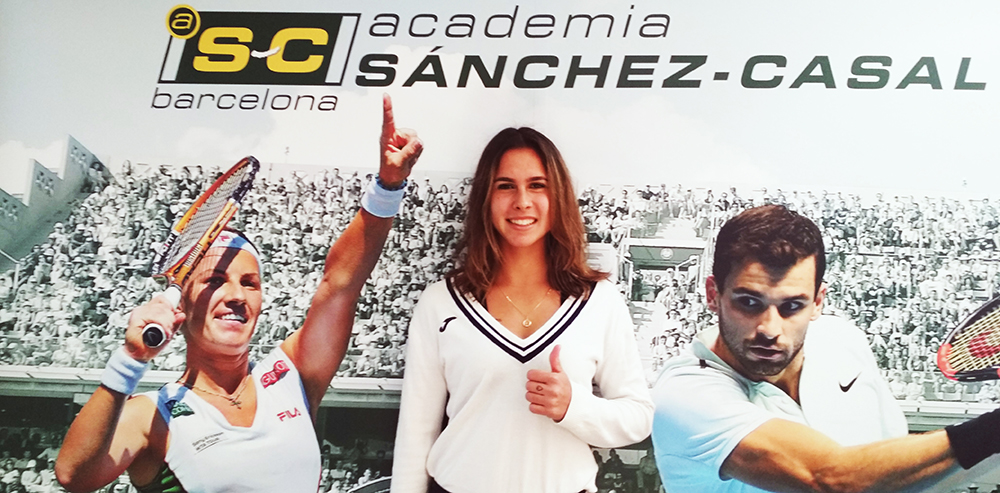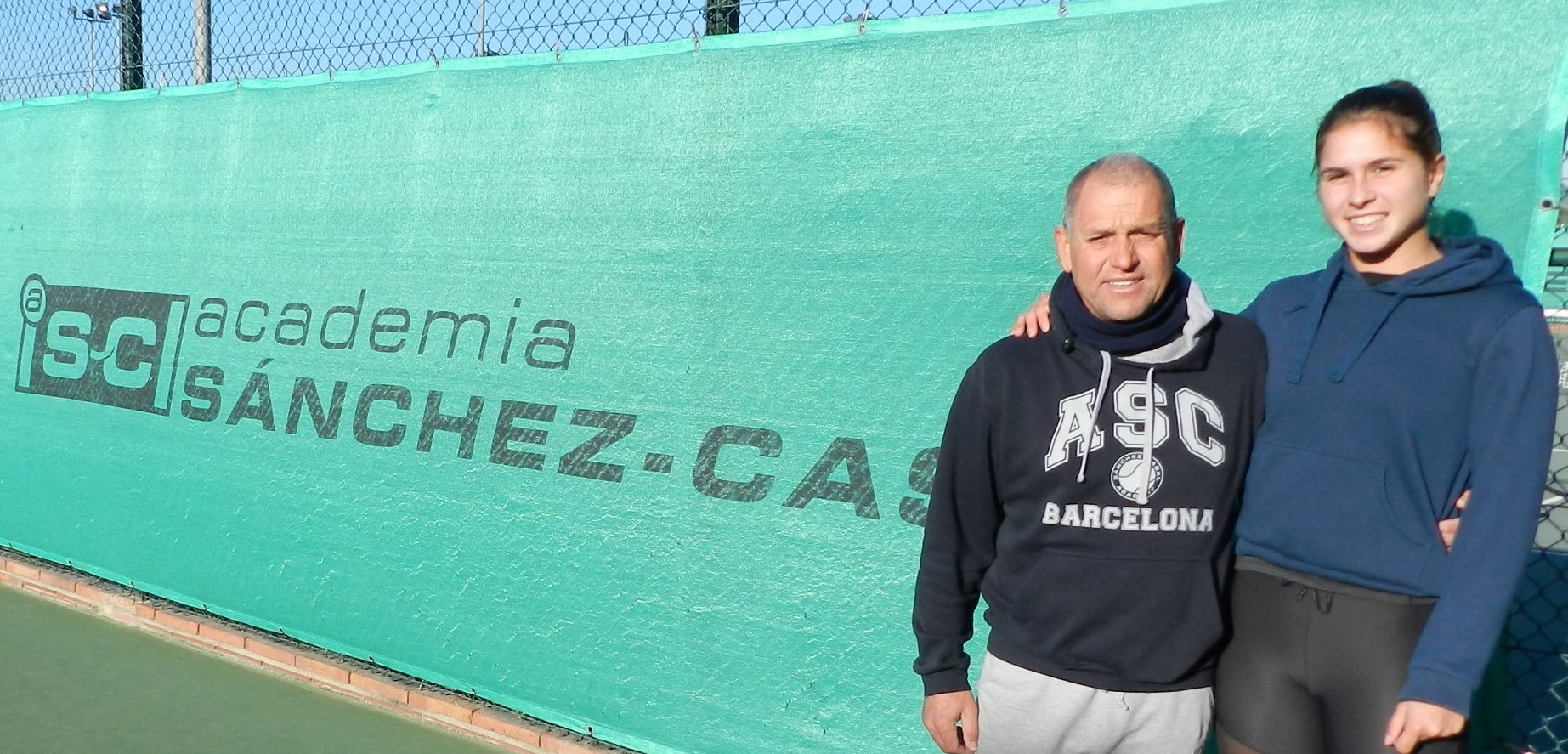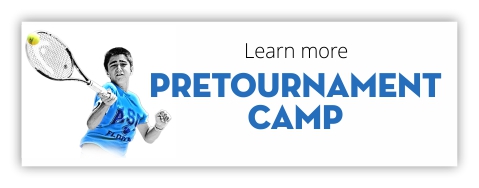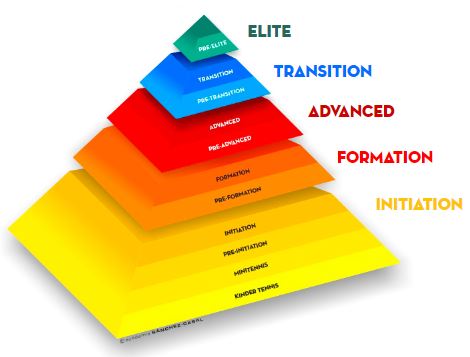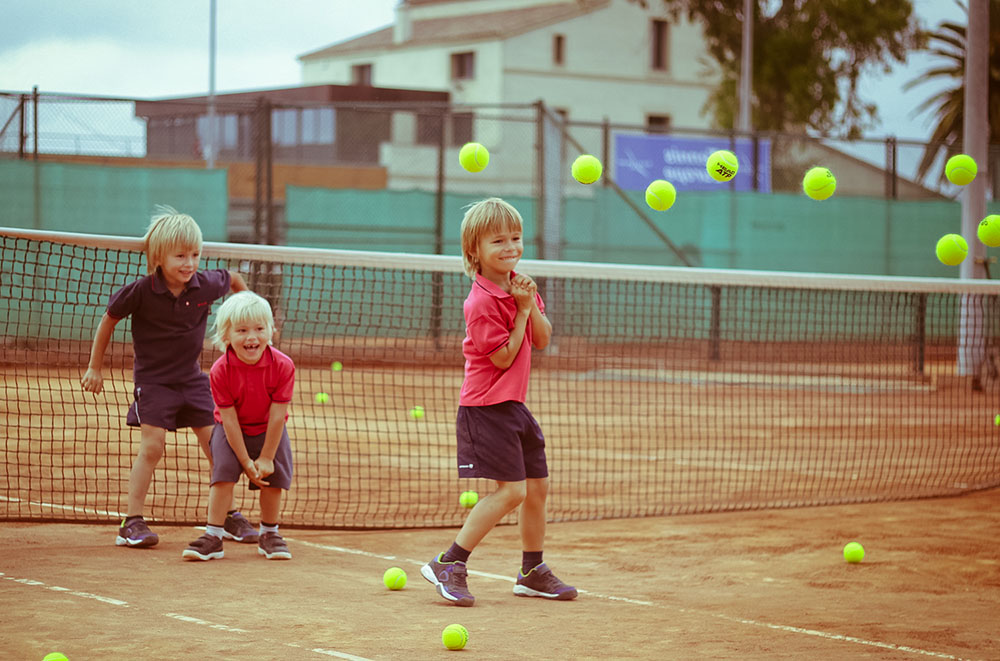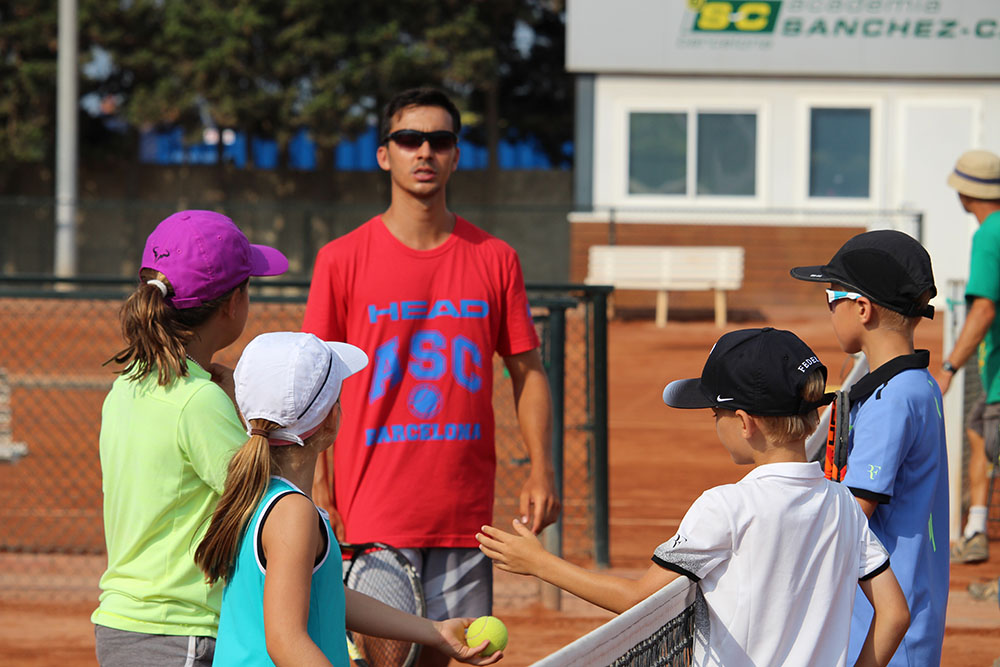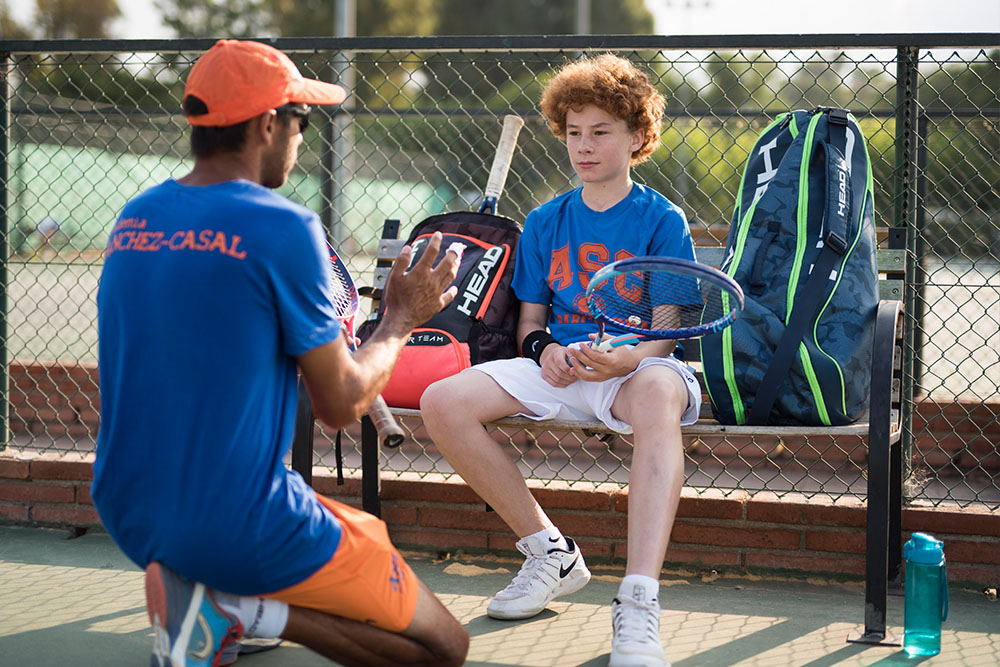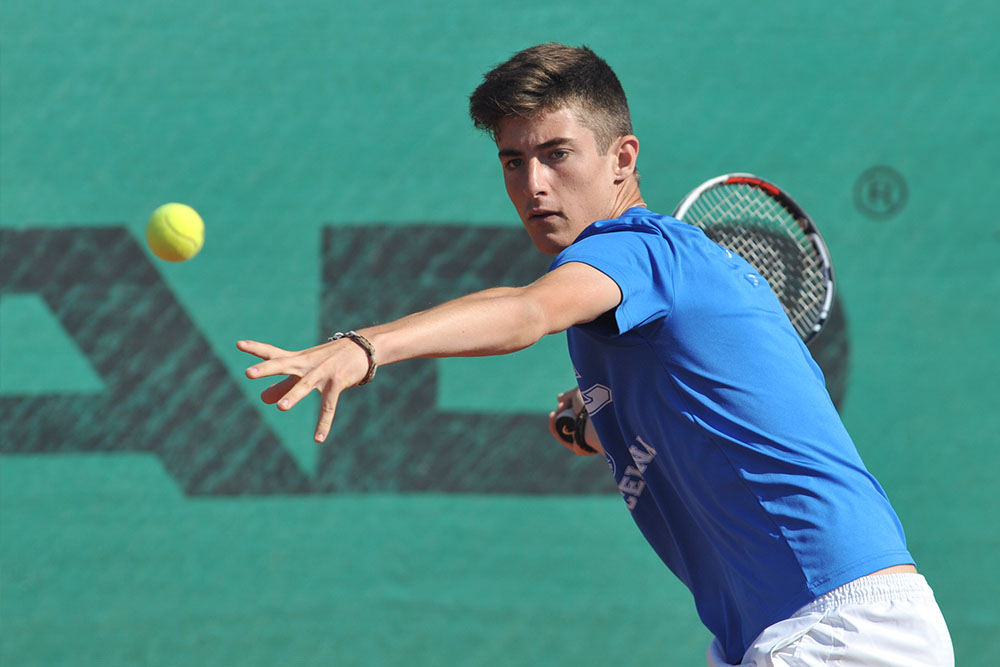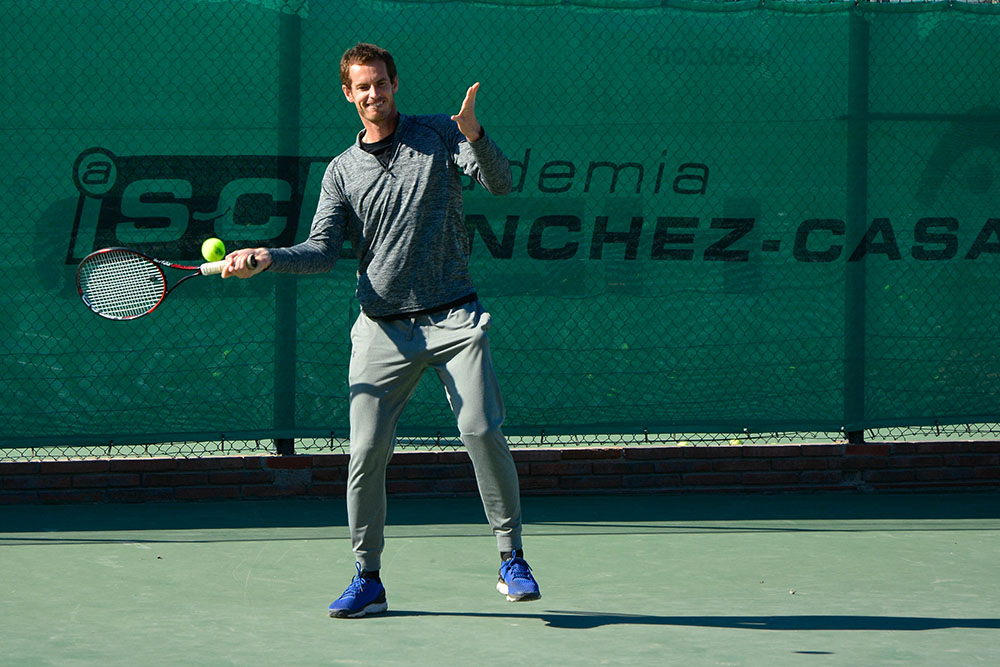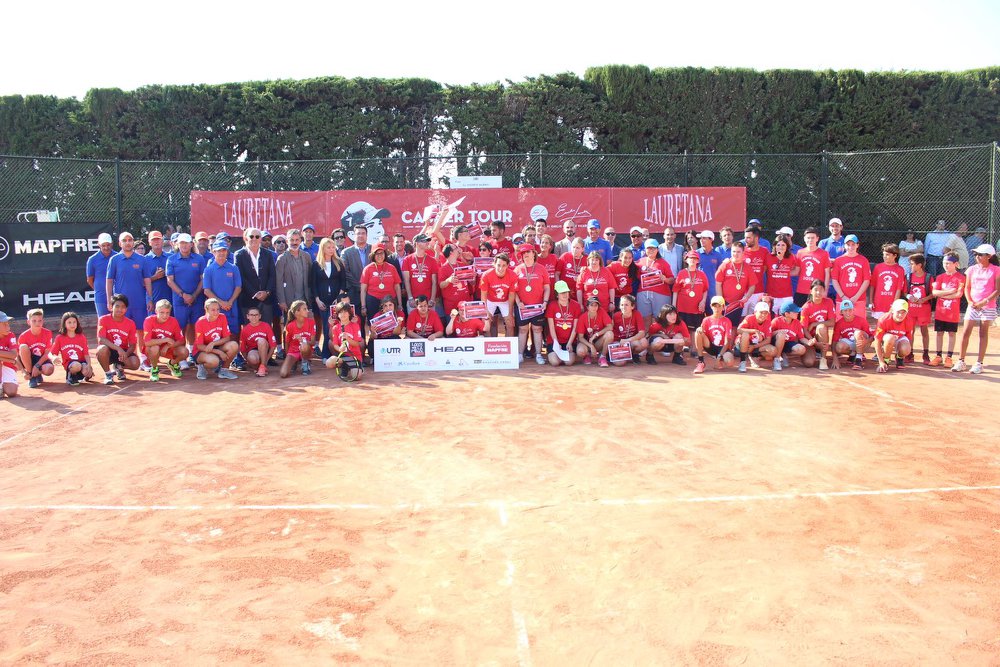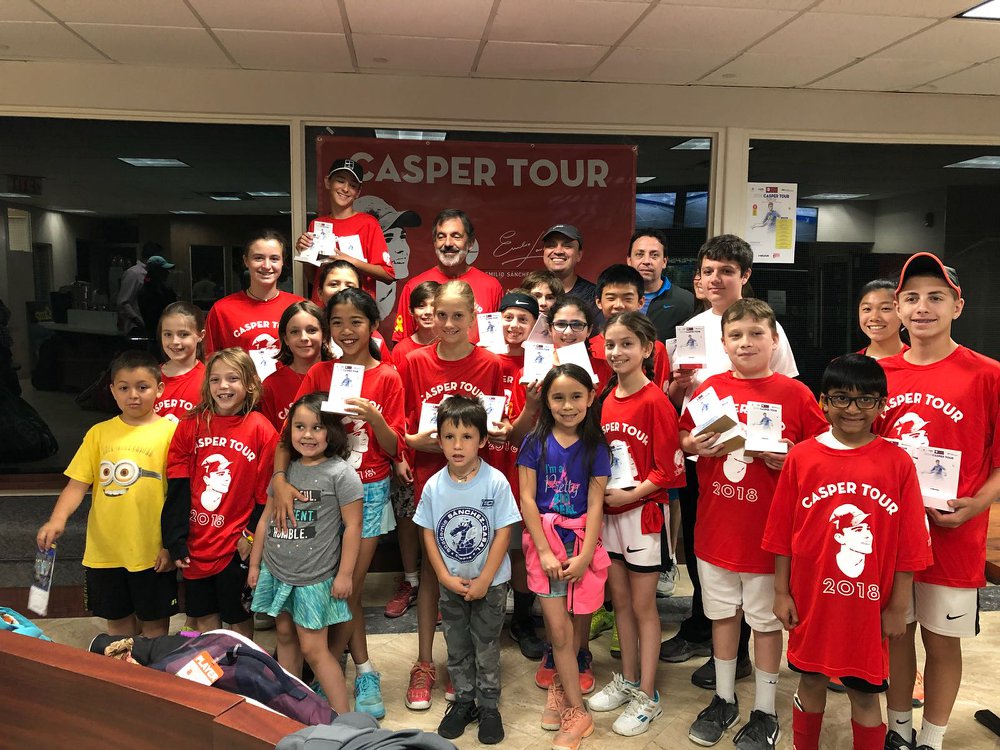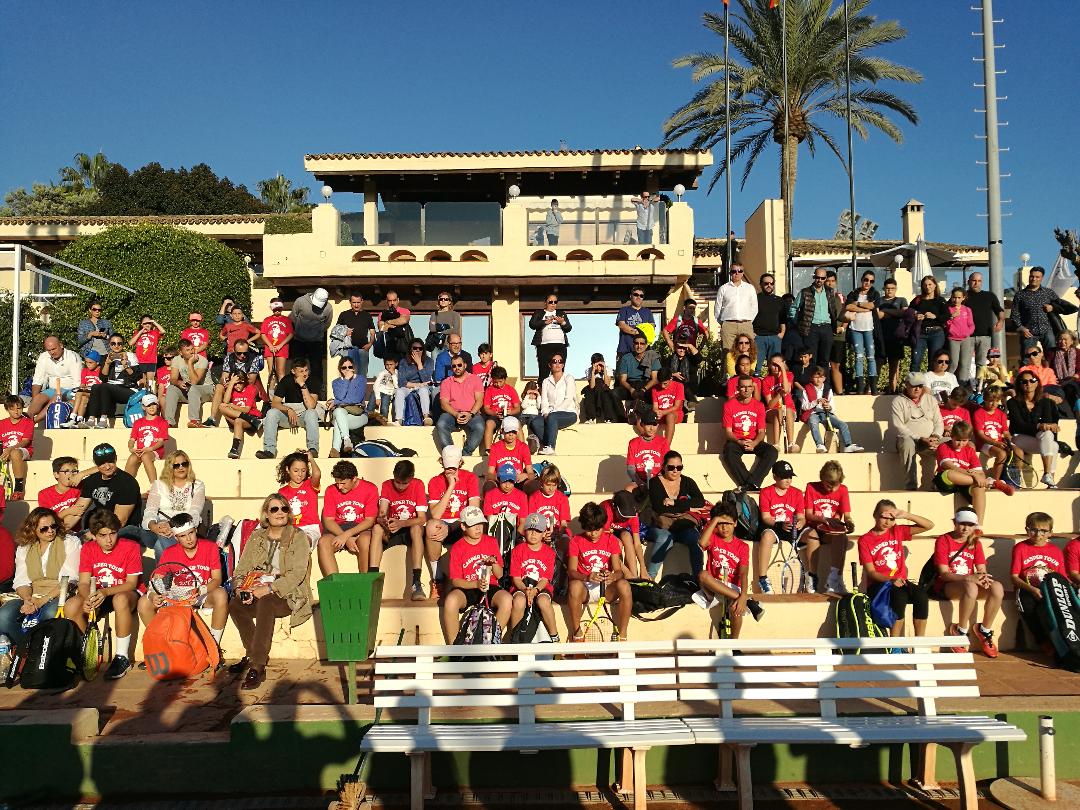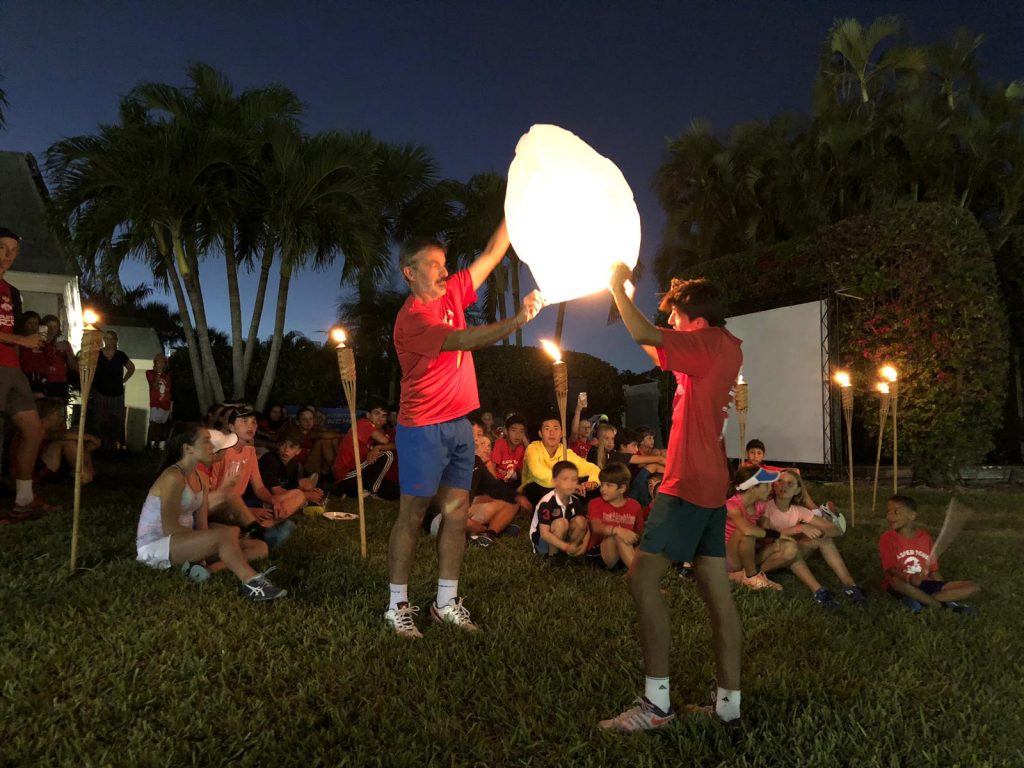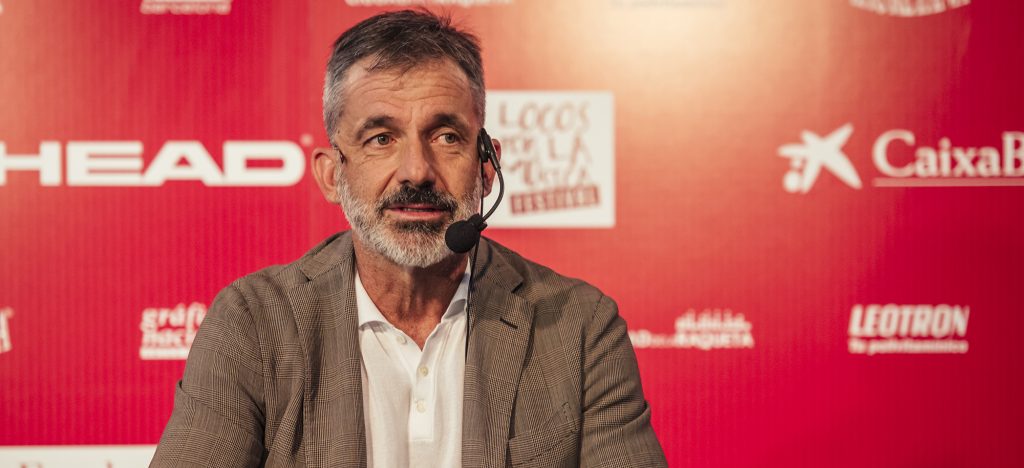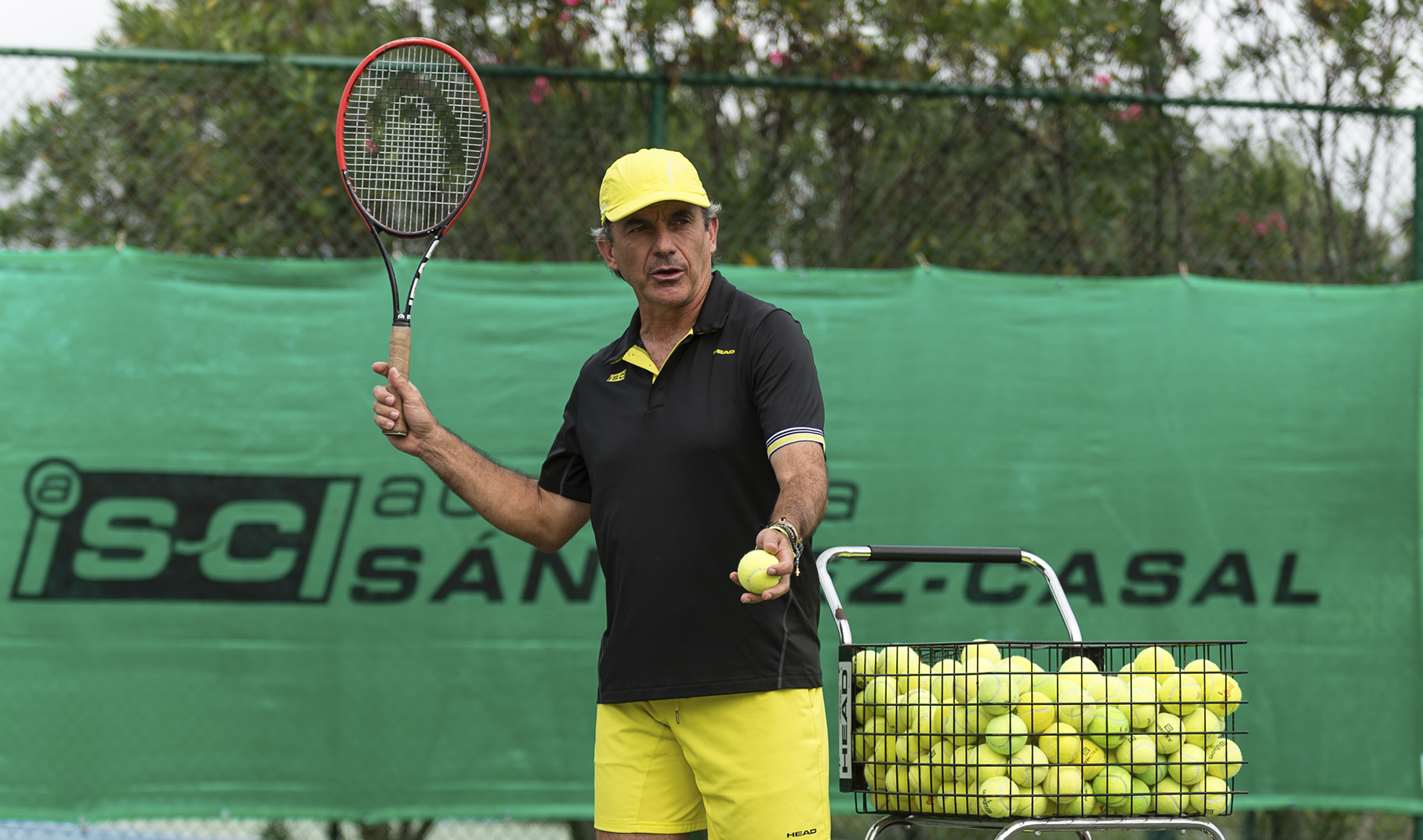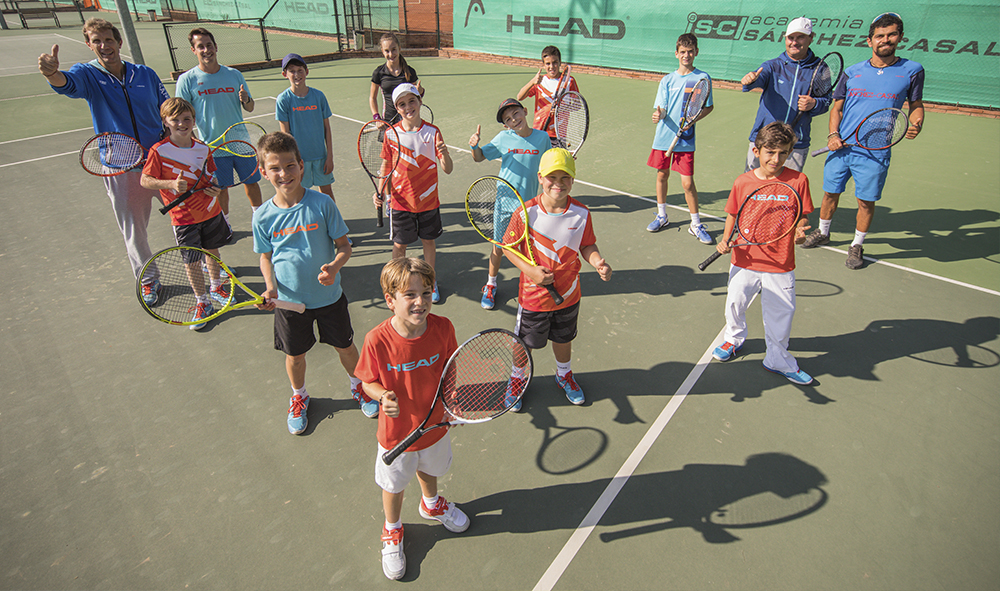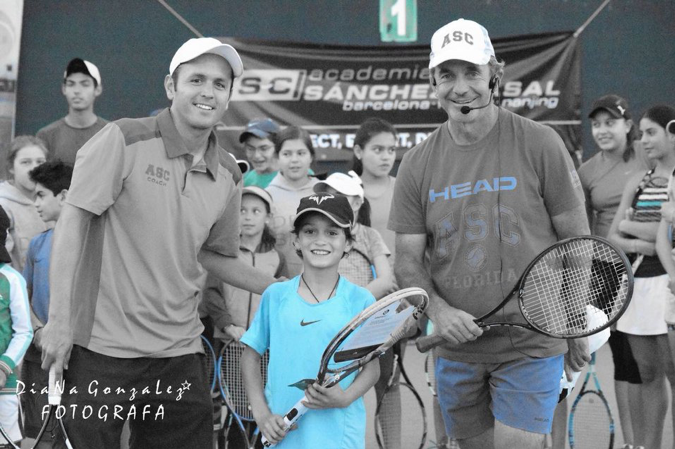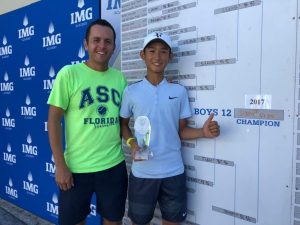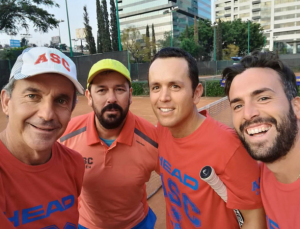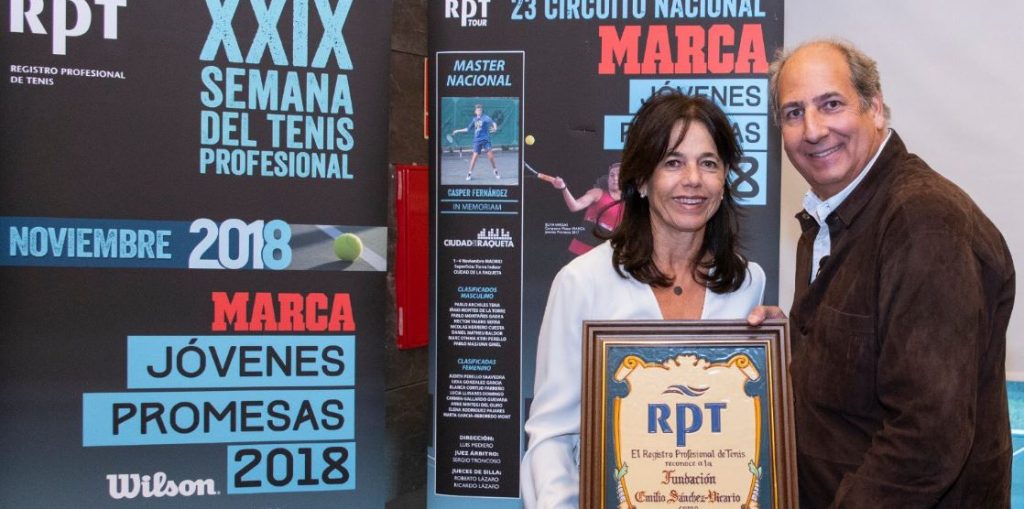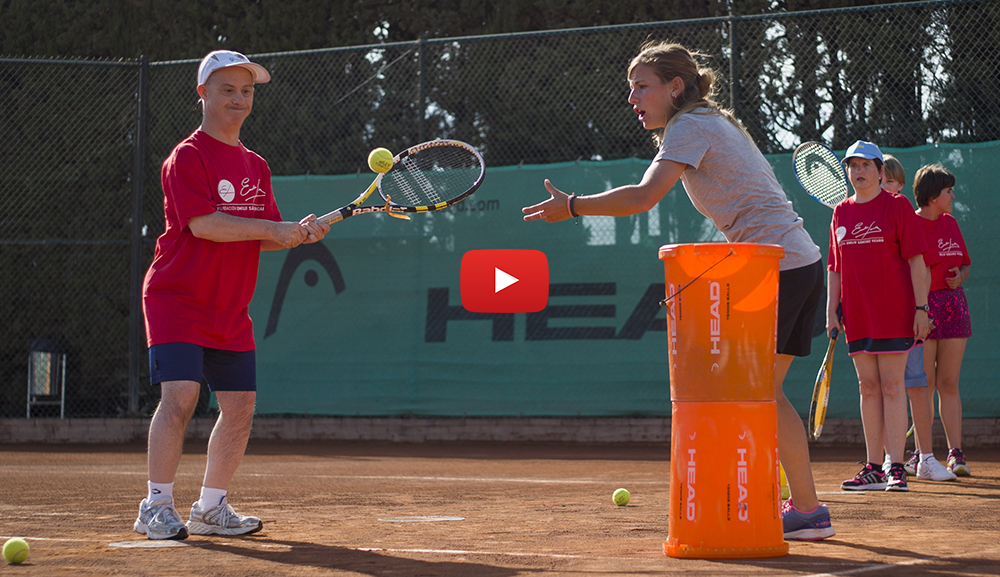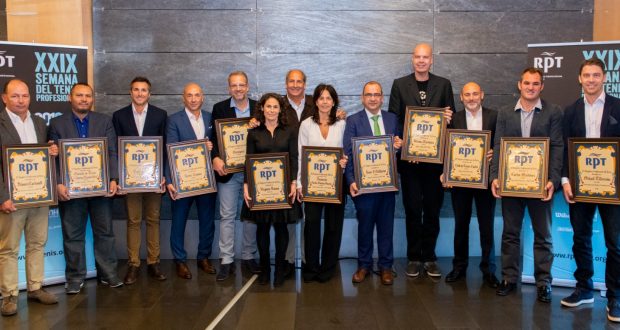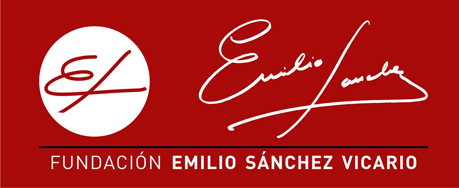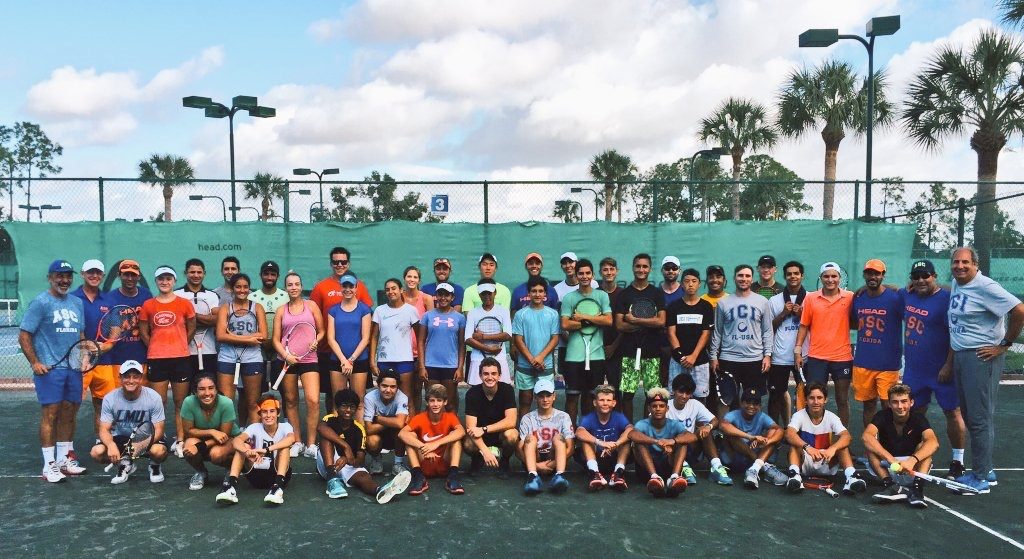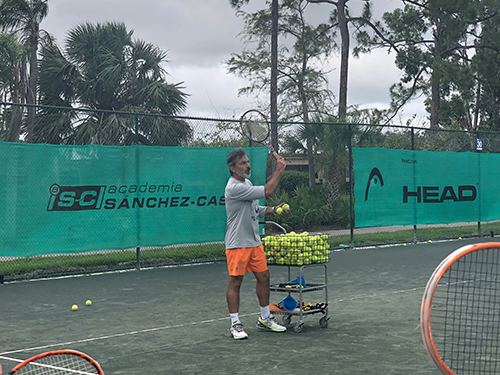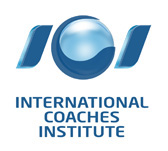By Marcel·lí Massafret Marimon, Coordinator of the Conditional Training Department of the ASC Barcelona
In order that athletes can perform at the high levels and demands of the 21st century sport, technical and tactical contents must be complemented with other important aspects that help towards the development of the athlete and respond to the basic pillars that we work at ASC.
All aspects, in different percentages according to the stage and the moment of the season, will help to configure a coherent and individualized training process that will accompany the tennis players throughout their sporting life.
The design of the preseason depends on several factors. We must bear in mind that this design is conditioned to the planning of the season, because it is this that will mark the objectives of the cycle.

As the players advance in their physical maturity and game, the preseason is designed with a double goal;
First, to try and recover the level of those aspects that have lost capability during the previous season and that will be necessary to deal with the upcoming competitions and events.
Second, establish the physical, coordinative and cognitive bases of the season being aware of the competitive level of each tennis player. This level will be essential for each athlete in order to overcome training weeks, (microcycles), quality sessions and a high number of competitions. These indicators will help us establish the volume, intensity and orientation of the load in the design of the preseason.
This constant work will help us maintain a level of optimal form and sometimes reach a moment of peak form, to solve with quality the amount of training and competitions that the season will have.
So, from the Academy we organized a pre-season stage in altitude with the advanced level players, aged between 15 and 20 years old (which is a very important stage for the players to reaffirm their willingness to play tennis at a high level), to try to achieve mainly three goals;
1. The enhancement of physical conditioning level that this kind of training could produce.
2. The impact on the emotional and mental aspects of each tennis player to overcome the challenges present in conditions outside their comfort zone.
3. The socio-affective implication that results of the coexistence of a group of tennis players during a certain amount of time.
Expected effects of the training plan:
1. Improvement of physical conditioning:
Conditioning is the main capacity that benefits of altitude training, since the main improvement of this training design is physiological.
Training in a hypoxic state produces an increase in hematocrit, (percentage of red blood cells in the blood), and as a consequence there will be a slight increase in the maximum oxygen consumption. This parameter is one of the indicators of endurance level.
To this improvement of the aerobic system, a positive increase of the anaerobic endurance level can also be acquired, as long as the predominance of the training is mainly using intervals and is intense enough.

2. The incidence in mental and emotional aspects and socio-affective involvement:
As we mentioned before, the benefits that can be obtained with a stage of these characteristics will not be limited only to the physical aspect. The design of the training also contemplates practicing in fatigue conditions, which will accumulate with the passing of days. Additionally, training in an inhospitable environment created by the the climate and weather is also challenging.
The socio-affective involvement will help each of the athletes using the strength of the group, the cooperation and synergies that can be created between the members. This cohesion that can be achieved, among other things, by the fact of being a member of a team that strives for the achievement of objectives, the effort made, the feeling of belonging to a group, etc., will improve the relationship between tennis players of the academy.
The whole process will help us make the tennis players aware of the importance of their commitment to practice, a fact that will help them move towards their goals.
In conclusion, this special training context gives us the unique opportunity to pose complex challenges to overcome and remove players from their comfort zone. To evolve through a few weeks of “peculiar” training that goes beyond physical preparation and tennis itself.
If you want more info about this item, read the full article following this link.
Marcel·lí Massafret Marimon
Coordinator of the Conditional Training Department of the ASC Barcelona
